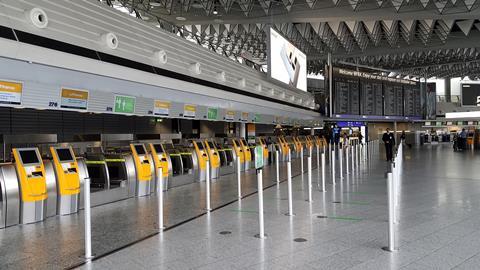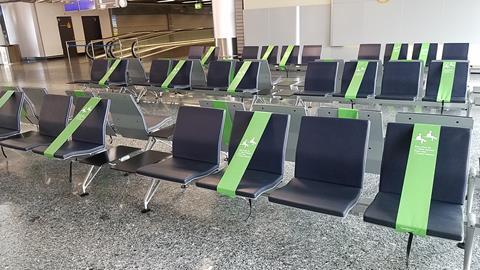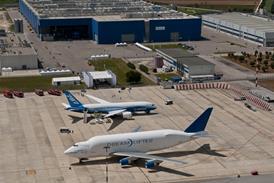As the global coronavirus pandemic drags on, travellers and crew on intercontinental flights are getting used to wearing face coverings in public spaces and adhering to other measures such as social distancing, imposed by airlines, airports and authorities to stop the spread of infection.
But while the industry is still seeing significantly lower passenger traffic than just three months ago, travellers who venture abroad have to deal with a patchwork of government regulations that can be confusing for the uninitiated or the unprepared.
Michael Gallagher, in transit from Frankfurt to Chicago on 22 May and whose job regularly takes him to Asia and Europe, says flexibility is key to navigating travel in the age of corona.
“The hardest thing about all this is that the rules are different everywhere, and sometimes you even get wrong information at the airport,” he says.

For example, at Germany’s Frankfurt International airport on 22 May, check-in agents advised passengers that due to “federal police regulations” they were only permitted to take one piece of carry-on luggage through the security checkpoint, even though their airline had told them a carry-on bag and a personal item were allowed. However, at the security checkpoint, officers said there was no one-bag rule.
“It’s all a bit baffling,” Gallagher adds. “The people working at the airport don’t even know the rules.”
On a recent transatlantic flight, operated on a Boeing 747-8 aircraft, the total passenger count was 111 – zero in first class, 11 in business class, and 100 in economy, one flight attendant said. Normally, that aircraft can carry almost 300 passengers. All passengers over the age of six were required to wear face coverings.
Much of the drop off in demand is a result of government-imposed shelter-in-place orders or quarantine requirements. But as the number of newly-reported cases begins to decline globally, countries are reassessing regulations and airlines are beginning to reinstate some suspended flights. Lufthansa, for example, said on 15 May it will add 80 destinations to its June schedule, including to traditional European summer vacation spots like Spain and Greece.
On 12 May, a German court struck down the federal government’s blanket quarantine order for all incoming passengers to isolate for 14 days following arrival, which had been in place since mid-April. The court in the state of Lower Saxony said in its ruling that there was no reason to isolate and curtail the liberties of healthy people if they showed no signs of illness. The entry restrictions are expected to be dropped nationwide in coming days.
In the past few weeks, travellers arriving in Germany were given an information sheet about the regulations while on their inbound flights, and once through the immigration checkpoint, largely left on their own.

Travellers to the United States, however, must fill out a written questionnaire asking where they had arrived from and possible symptoms they may have experienced, in addition to contact information. Once they land on US soil, they are questioned in person by a screener, and their temperature is checked before they are permitted to pick up their luggage. Beyond that, no information is given.
In Asia, authorities continue to implement stringent quarantine regulations for arriving passengers and crew. Last week, a FedEx pilot was sentenced to time in jail in Singapore after leaving his hotel room during his mandated quarantine, according to reports.
Another cargo pilot, who had recently flown to Japan, said on 22 May that crew were confined to their rooms during the period they were in transit in the country. But non-US-citizen airline crew members heading to the United States said they are permitted to leave their hotels and engage in normal activities – as per the relevant restrictions of the region they are visiting - during layovers.
“We’ve been told we are allowed out, and that there are no restrictions,” the flight attendant said.


























